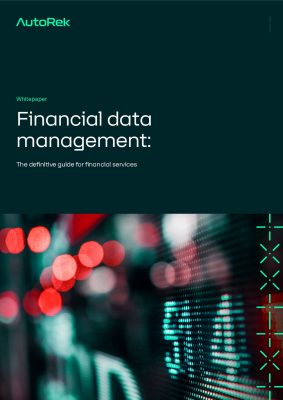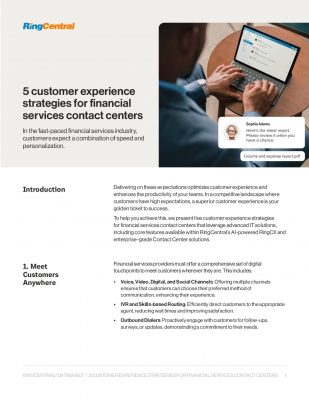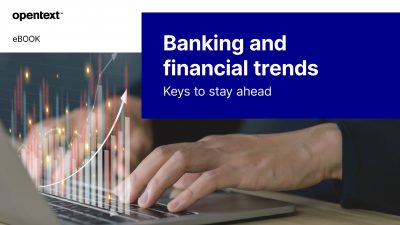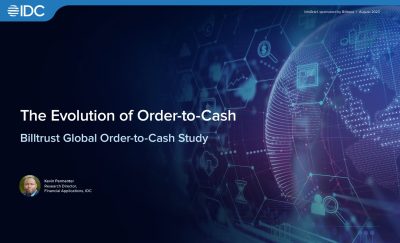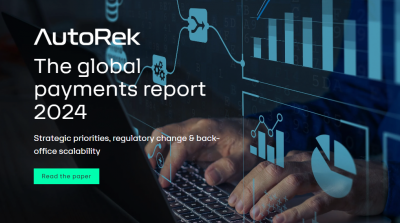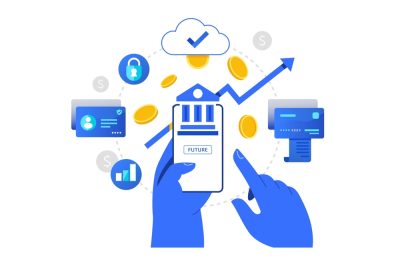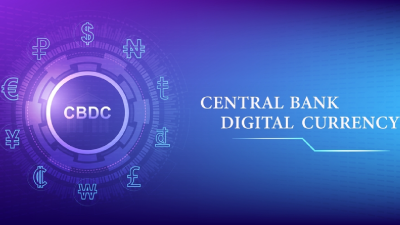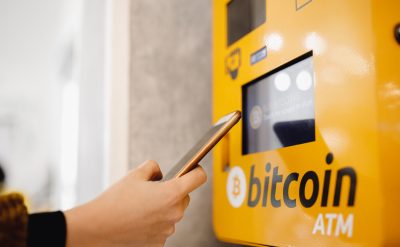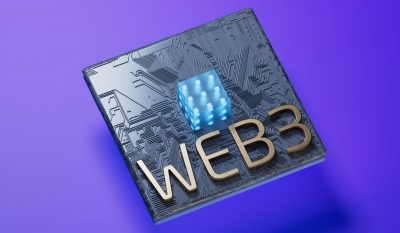Highlights:
- At present, the payment system will be used only for US dollars, and Euro payments will be added later next year.
- The infrastructure for the new system has been built by JP Morgan’s blockchain unit Onyx.
Big banks are utilizing blockchain technology
JPMorgan, an American banking giant, announced that it has joined hands with Siemens to build a blockchain-based system for payments. The two companies have described the deal as a first-of-its-kind application.
The blockchain-based system will be used to automate payments processing between the German group’s internal accounts. At present, it will be used only for US dollars, and Euro payments will be added later next year. Both the companies refused to comment on the volume of payments the new system had processed to date.
The infrastructure for the new system has been built by JP Morgan’s blockchain unit Onyx. Siemens is using it to automate money transfers between its own accounts. Speaking about its decision to shift to a blockchain-based system, Siemens said the move will improve automation, which is much-needed in order to process a greater number of payments it expects due to the increasing popularity of payment models such as pay per use.
The development has come at a time when more and more banks are experimenting with blockchain to update payments rails and to facilitate instantaneous cross border settlement. Last week HSBC and Wells Fargo had revealed that they would use distributed ledger technology (DLT) infrastructure provided by Baton Systems to increase interbank settlement speed and efficiency.
Expert take
Naveen Mallela, Global Head of Coin Systems, Onyx by J.P. Morgan at JPMorgan Chase and Co., said, “The U.S. banking giant has a pipeline of clients for the Onyx system.” He added, “The infrastructure will take programmable payments beyond current uses like direct debits and standing order to improve beyond the current standard.”
Mallela added, “You want more flexible rules or flexible triggers, that is where the current infrastructure falls short.”
Heiko Nix, Head of Cash Management and Payments at Siemens, said, “If the business would stay the same as it is today, I would say we are fine regarding our treasury set-up. We can automate a bit and maybe we reduce costs and cash allocation.” He added, “This is not the reason why we are doing this. The reason is that we are seeing a huge change due to the emerging digital business models, because we will no longer be able to forecast cash, for example.”
Takeaway
This development showcases the rising enthusiasm among the globe’s significant institutions to utilize blockchain technology to enhance the efficacy and cost of their daily operations. Thus, this trend represents a fast evolution of the payment infrastructure.

